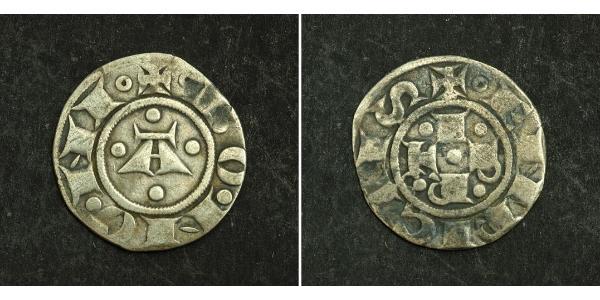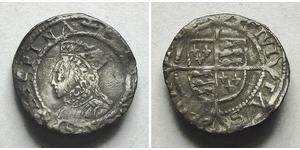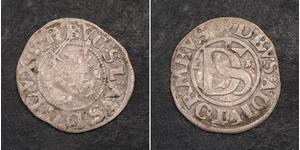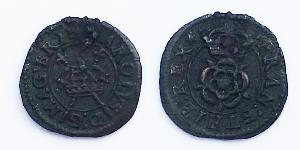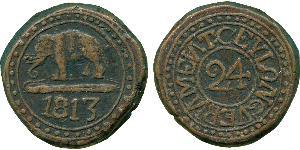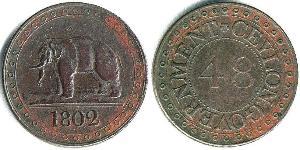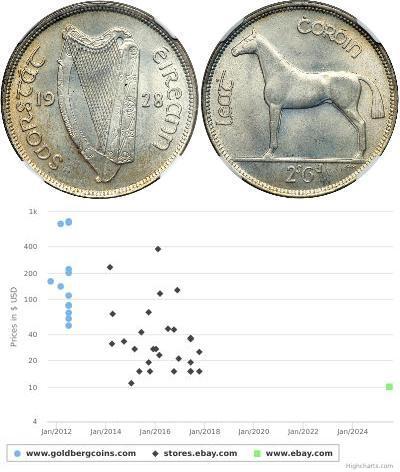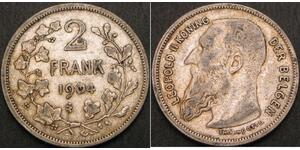(продана за $14.0)
1191, Italian States, Bologna (Free Commune/Republic). Silver Bolognino Grosso Coin.
Mint Place: Bologna
Reference: Biaggi 362.
Mint Period: 1191-1337 AD
Denomination: Bolognino Grosso
Condition: Minor dark oxidation patina spots in reverse, otherwise VF+
Diameter: 18mm
Material: Silver
Weight: 1.17gm
Obverse: Large initial (A), surrounded by four pellets. All within inner circle.
Legend: + BONONI
Reverse: Initial (IPRT), split by pellets within inner circle.
Legend: + ENRICHS
Authenticity unconditionally guaraneed.
Bologna is the largest city (and the capital) of the Emilia-Romagna Region in Italy.
In the 11th century, under the Holy Roman Empire, Bologna began to aspire to being a free commune, which it was able to do when Matilda of Tuscany died, in 1115, and the following year the city obtained many judicial and economic concessions from Emperor Henry V. Bologna joined the Lombard League against Frederick Barbarossa in 1164 which ended with the Peace of Constance in 1183; after which, the city began to expand rapidly (this is the period in which its famous towers were built) and it became one of the main commercial trade centres thanks to a system of canals that allowed large ships to come and go.
Traditionally said to be founded in 1088, the University of Bologna is widely considered to be the first university. The university originated as an international centre of study of medieval Roman law under major glossators, including Irnerius. It numbered Dante, Boccaccio and Petrarca among its students.
In the 12th century, the expanding city needed a new line of walls, and at the end of the 13th century, Bologna had between 50,000 and 60,000 inhabitants making it the fifth largest city in Europe (after Cordova, Paris, Venice, and Florence) and tied with Milan as the largest textile industry area in Italy. The complex system of canals in Bologna was one of the most advanced waterway systems in Europe, and took its water from the Savena, Aposa and Reno Rivers. The main canals were Canale Navile, Canale di Reno and Canale di Savena. Hydraulic energy derived from the canal system helped run the numerous textile mills and transport goods.
In 1256, Bologna promulgated the "Paradise Law", which abolished feudal serfdom and freed the slaves, using public money. At that time the city centre was full of towers (perhaps 180), built by the leading families, notable public edifices, churches, and abbeys. In the 1270s Bologna's politics was dominated by Luchetto Gattilusio, a Genoese diplomat and man of letters who became the city Governor. Like most Italian cities of that age, Bologna was torn by internal struggles related to the Guelph and Ghibelline factions, which led to the expulsion of the Ghibelline family of the Lambertazzi in 1274.
After this period of great prosperity, Bologna experienced some ups and downs: The city were home to some 50,000 people in the early 1300s. it was crushed in the Battle of Zappolino by Modena in 1325 but then prospered under the rule of Taddeo Pepoli (1337–1347). Then in 1348, during the Black Plague, about 30,000 inhabitants died, and it subsequently fell to the Visconti of Milan, but returned to Papal control under Cardinal Gil de Albornoz in 1360. In the following years, Republican governments like that of 1377, which was responsible for the building of the Basilica di San Petronio and the Loggia dei Mercanti, alternated with Papal or Visconti resurgences, while the city's families engaged in continual internecine fighting.

|
Добавив:
anonymous 2015-11-05 |
2 Франк Бельгія Срібло Леопольд II (1835 - 1909)
в групі 7 монет / 7 цін
⇑

